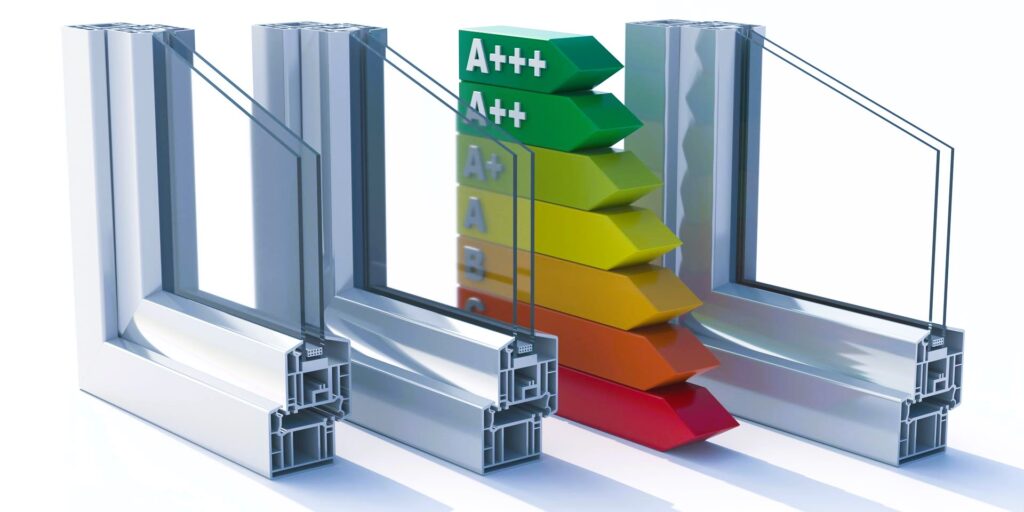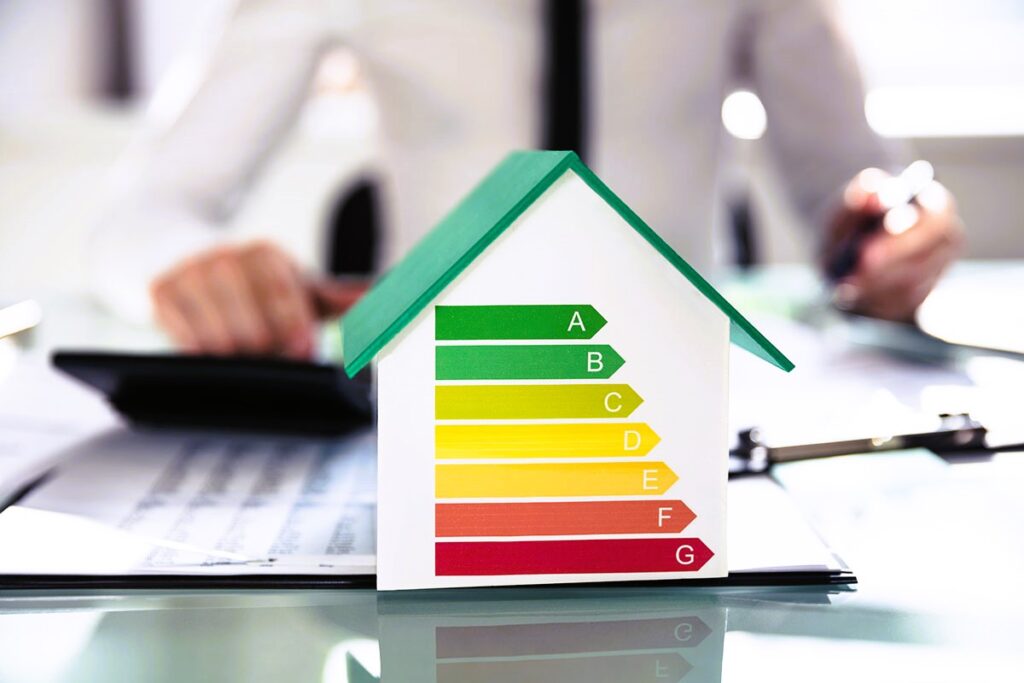
Energy-Efficient Window Ratings: What You Need to Know
Windows play a pivotal role in the comfort and energy efficiency of our homes. As technology advances, the demand for energy-efficient windows has surged, leading to a myriad of options in the market. Understanding window ratings is crucial for homeowners aiming to make informed choices that align with their energy-saving goals. In this comprehensive guide, we’ll delve into the key aspects of energy-efficient window ratings, empowering you to make a well-informed decision for your home.
Understanding Energy-Efficient Window Ratings:
1. U-Factor:
- Definition: The U-factor measures the rate of heat transfer through a window. A lower U-factor indicates better insulation and reduced heat loss.
- What to Look For: Opt for windows with a lower U-factor, especially in colder climates, to enhance energy efficiency and reduce heating costs.
2. Solar Heat Gain Coefficient (SHGC):
- Definition: SHGC measures the amount of solar radiation that enters through a window. A lower SHGC is preferable in warmer climates to minimize heat gain.
- What to Look For: In hot regions, choose windows with a lower SHGC to minimize cooling costs and improve comfort.
3. Visible Transmittance (VT):
- Definition: VT quantifies the amount of visible light that passes through a window. A higher VT ensures ample natural light.
- What to Look For: Consider your preference for natural light and choose a window with an appropriate VT value. Learn how to maintain and clean Windows for optimal performance at this link.
4. Air Leakage:
- Definition: Air leakage measures the amount of air that infiltrates a window. Lower air leakage values indicate better insulation and energy efficiency.
- What to Look For: Choose windows with minimal air leakage to prevent drafts and maintain a comfortable indoor environment.
5. Condensation Resistance:
- Definition: This rating reflects a window’s ability to resist condensation formation. Higher condensation resistance indicates better insulation.
- What to Look For: Prioritize windows with high condensation resistance, especially in humid climates, to prevent moisture-related issues.
How Ratings Impact Energy Efficiency:
1. Climate Considerations:

- Cold Climates: Windows with low U-factors are essential to minimize heat loss and keep homes warm.
- Hot Climates: Opt for windows with a lower SHGC to reduce solar heat gain and maintain a cooler indoor environment.
2. Cost Savings:
- Energy-efficient windows contribute to lower utility bills by reducing the need for heating and cooling.
- Initial investments in high-rated windows often pay off through long-term energy savings.
3. Comfort and Well-Being:
- Properly rated windows enhance comfort by maintaining consistent indoor temperatures and minimizing drafts.
- Reduced energy consumption contributes to environmental sustainability and reduces the carbon footprint.
Certifications and Standards:
For consumers seeking assurance of window performance, various certifications and standards exist. Organizations such as Energy Star and the National Fenestration Rating Council (NFRC) provide reliable benchmarks for energy-efficient windows.
1. Energy Star:
- Overview: The Energy Star program identifies and promotes energy-efficient products, including windows.
- Benefits: Energy Star-certified windows meet stringent performance criteria, ensuring energy savings and environmental benefits.
- More Information: Energy Star – Windows
2. National Fenestration Rating Council (NFRC):
- Overview: NFRC is a non-profit organization that establishes and maintains window performance standards.
- Benefits: NFRC labels provide detailed information on U-factor, SHGC, VT, air leakage, and condensation resistance.
Investing in energy-efficient windows is a proactive step towards creating a comfortable, sustainable, and cost-effective home environment. Understanding the significance of U-factor, SHGC, VT, air leakage, and condensation resistance empowers homeowners to select windows tailored to their specific needs and climate conditions.
In conclusion, energy-efficient window ratings are essential tools for homeowners seeking to balance comfort, cost savings, and environmental responsibility. By making informed choices and considering local climate conditions, you can transform your windows into efficient contributors to a more sustainable and comfortable home.
